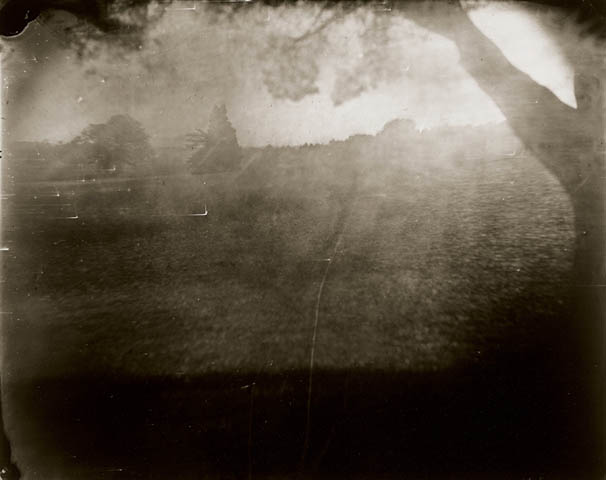
I went into Sally Mann's exhibit with fairly little knowledge about her or her work, so I really didn't know what to expect. Prior to the show, I'd seen some of her images and I knew her for being fairly controversial with the subjects she chooses to photograph (ie, her children), so being able to go in and experience the work for myself was an extremely rewarding and enlightening experience.
That being said, I really enjoyed the exhibit. As a series, the body farm images were the most interesting to me. So many artists hold a certain fascination with death; striving to capture the essence of death, the mood of death, the emotions, colors, movements or sounds...well, whatever it is, it's usually represented or portrayed in some conceptual or staged way. But this was the first series of work that I've seen that is literally
of death. They were real corpses, actual human remains. Many of the images seemed rather dreamlike, but I couldn't decide if it was a surreal, floating dreamy or a haunting, foreboding dreamy. I think I bounced back and forth between seeing them as both. It was rather intriguing, wondering why Sally Mann chose to go shoot actual corpses. I wonder if she was trying to make some kind of statement about death, or show that even capturing the essence of death cannot create a stronger vision than an image of death itself. I'm curious about if that's true.
Something else that I found interesting:

When I saw this piece in the exhibit (left), I immediately thought of Christian Boltanski's work (right). They're not super similar, but i suppose the two kind of give me similar feelings when looking at them; how they both seem to create this essence of longing a lost identity or the faces from a distant memory, forever captured in our minds as nothing more than blurry faces that are remembered for being forgotten.
(image on right: Monument Canada, 1988, by Christian Boltanski)












